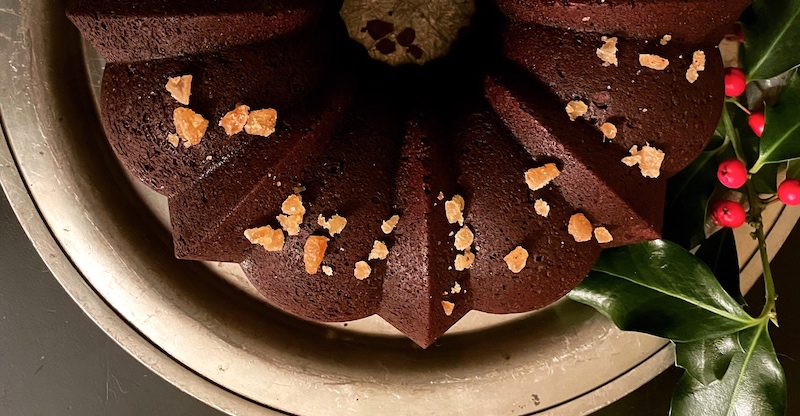
In Season: Spring Fling
While one friend has dubbed the past few weeks "Nov-April" and is calling out the next few as "May-vember," farmers across the state are heralding the official start of spring. Farmers' markets in most communities are opening their regular season schedules this weekend, though in some places they will wait until June, so check your local market website for official dates and times.
Ginger Rapport, market master of the Beaverton Farmers Market, is over the moon in anticipation of spring's bounty. "By their very nature, the early vegetables are light, fresh, and delicate, and the dishes made with them reflect these qualities," she wrote in a recent newsletter.

And I wholeheartedly agree with her pronouncement that the star of the spring show is asparagus. From slender varieties to more robust, meatier stalks, you'll find both green and purple asparagus in abundance at market booths. (Here Rapport reminds market-goers that purple asparagus, like purple pole beans, turns green when cooked.)
From risottos to salads to quiche to pizza, asparagus is almost infinitely versatile. Even simply roasted in the oven with a drizzle of olive oil and a shower of chopped garlic and salt—and sure, throw on some chopped preserved lemon just before serving—it threatens to outshine any main dish in the vicinity.
Alliums, particularly in their springy infancy, are also on display in the form of spring onions, scallions, green garlic and the fabulous Spanish calçots which have entire festivals in their honor in that country. See my recent post on how to throw your own Calçotada with the traditional red pepper-and-almond salbitxada sauce. And don't forget the curvy whips of garlic scapes, the thin, vibrant green stalks that grow from the garlic bulb and are terrific grilled and chopped for pizza, salads and, well, almost anything!
While local strawberries are only just beginning to appear in markets, and available only to those early birds who grab them before vendors sell out, there are plenty of other stellar finds to make your trip to the farmers market worthwhile.
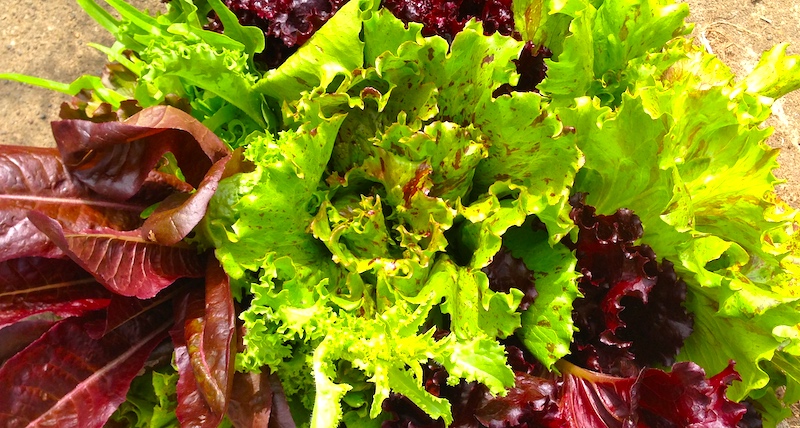
On my trip to the Hillsdale Farmers Market last Sunday, I loaded up on the tender redleaf and maple leaf lettuces from Gathering Together Farm that will get a drizzle of my new favorite honey and mustard-infused red wine vinaigrette. I also picked up the cutest bunches of baby bok choy that will get roasted and incorporated into a stir fry, pizza or grain salad in the near future.
Greenville Farms from Forest Grove was full to bursting with stacks of various kinds of raabs and other sprouting greens, from collard to kale to spigarello. I can safely say that next to spring lettuces, these inflorescences are the spring vegetable I most look forward to after the end of my beloved chicory season. Read Ginger's explainer about the various varieties grown locally, along with a recipe for a balsamic reduction that is nothing short of miraculous.

Greens like arugula, spinach and sorrel (see my recipe for a killer sorrel salad) are seeing their day in the spring sun, too, along with local fennel and peas—both sugar snap and snow peas—which should be plentiful through May. Zucchini and other summer squashes like patty pan and the ribbed costata romanesco, all ideal for grilling or roasting, will be around into June.
And don't forget spring herbs like parsley and cilantro, oregano, chervil, thyme and chives are here, too, so chimichurries and other herb sauces are definitely called for. Microgreens and young shoots of favas and peas should also make your list. They will only get more abundant as the season rolls along.

And I can't conclude this without mentioning my true heartthrob, rhubarb, that vegetable-masquerading-as-a-fruit, that is one of the first desserts of spring, at least around here. See my version of my Aunt Nell's Rhubarb Crisp below, and be sure to make my spectacular rhubarb syrup for your summer sippers and cocktails.
Excited about spring now? I sure am!
Aunt Nell's Rhubarb Crisp
For the topping:
1 c. flour
3/4 c. uncooked rolled oats
1 c. brown sugar
1/2 Tbsp. cinnamon
1/2 c. butter or margarine, melted
For the filling:
4-6 c. rhubarb, cut in 1/4" slices
1 c. sugar
1/4 c. triple sec, Cointreau or other orange liqueur
2 Tbsp. cornstarch
Mix together dry ingredients in medium sized bowl. Pour in melted butter or margarine and stir with fork to distribute. When well-mixed and crumbly, scatter on top of fruit in pan (below).
Slice fruit into large mixing bowl. Add sugar, water, cornstarch and vanilla and mix thoroughly. Put in 9” by 12” by 2” baking pan. Scatter topping mixture evenly over the top and bake in 350 degree oven for 55 min.
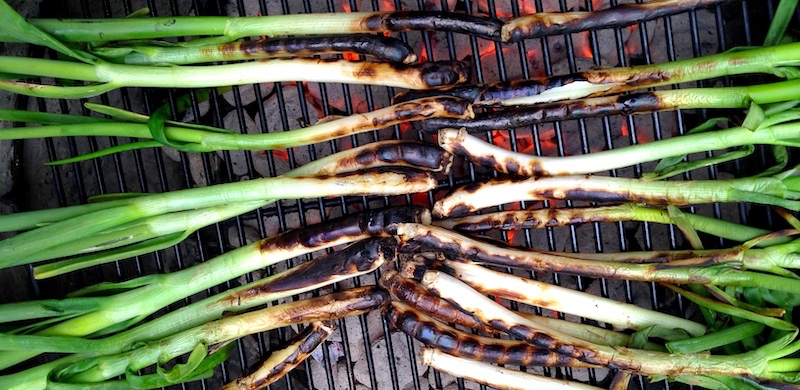
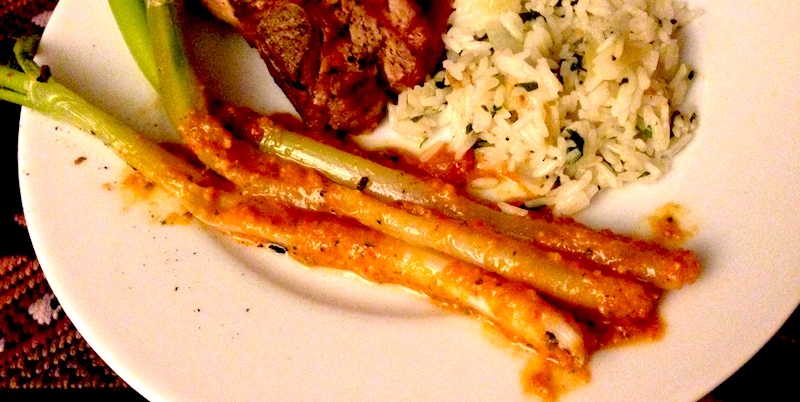 Cooked on a hot grill until the outside layer is blackened but not charred and the inside is soft and creamy, the blackened outside layer is peeled off and the remaining onion is dunked in a tangy romesco-like sauce called salbitxada (sahl-beet-SHAH-dah). Then, holding the onion aloft by the greens, the trick is to lower the soft, saucy white part into your mouth and bite it off without having the sauce dribble all over your face. (
Cooked on a hot grill until the outside layer is blackened but not charred and the inside is soft and creamy, the blackened outside layer is peeled off and the remaining onion is dunked in a tangy romesco-like sauce called salbitxada (sahl-beet-SHAH-dah). Then, holding the onion aloft by the greens, the trick is to lower the soft, saucy white part into your mouth and bite it off without having the sauce dribble all over your face. (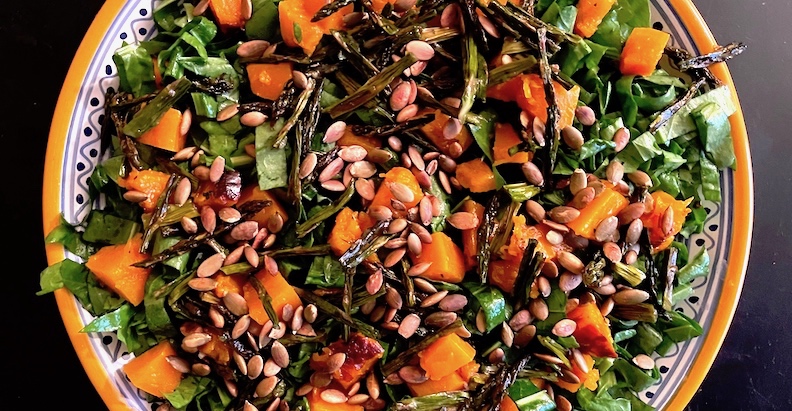
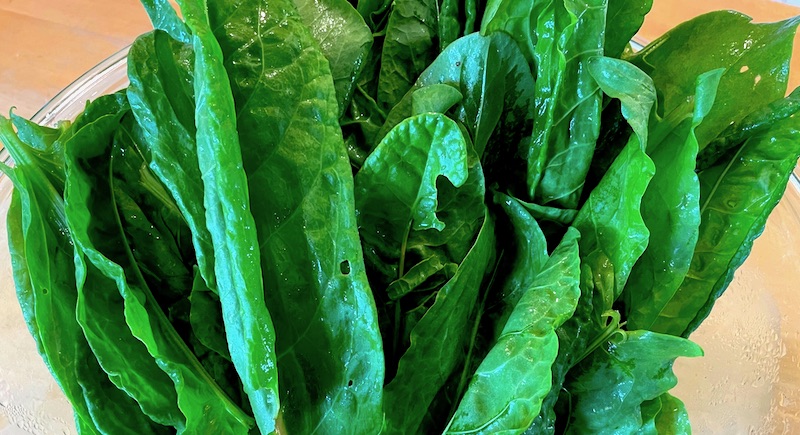 Chopping a few leaves into a salad was okay, but adding much more than four or five leaves, and their tangy, citrus-y bite overwhelmed the pleasant sweetness of the other greens. A pesto using half sorrel and half of another herb like spinach or parsley or basil worked, pepping up its flavor and giving it a lively greenness. But any of the above only used a smidgen of what the prolific plants were producing.
Chopping a few leaves into a salad was okay, but adding much more than four or five leaves, and their tangy, citrus-y bite overwhelmed the pleasant sweetness of the other greens. A pesto using half sorrel and half of another herb like spinach or parsley or basil worked, pepping up its flavor and giving it a lively greenness. But any of the above only used a smidgen of what the prolific plants were producing.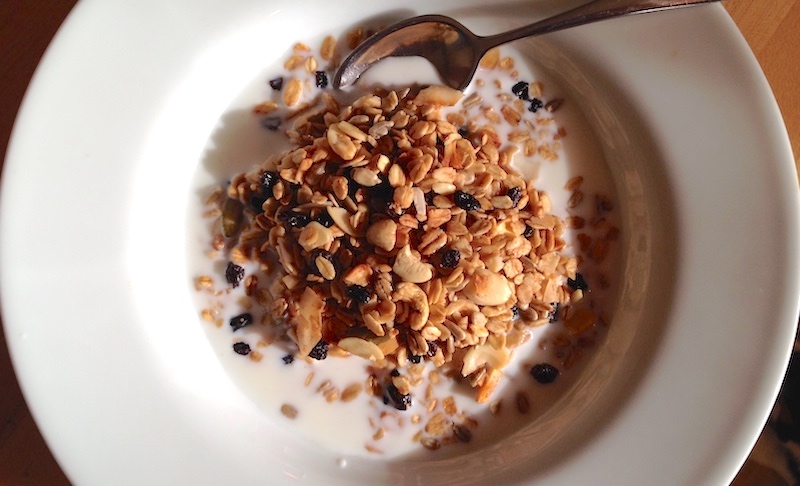




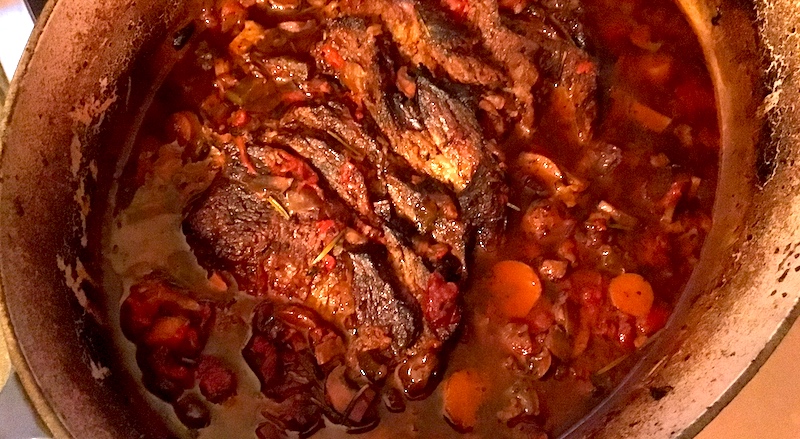
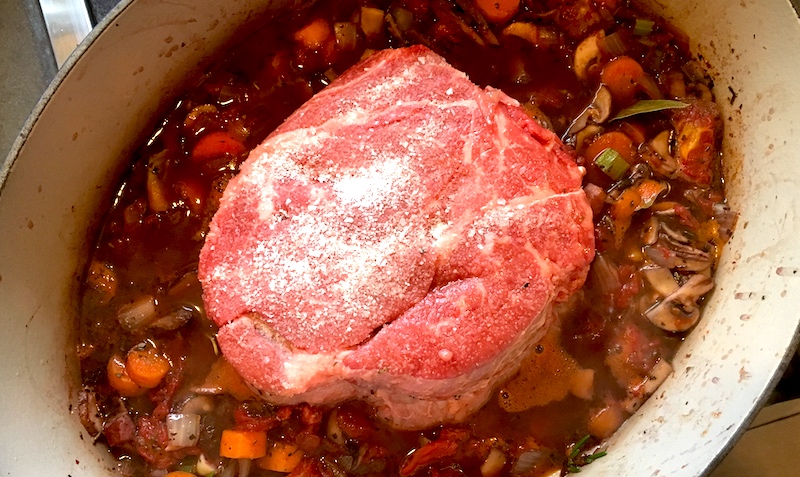
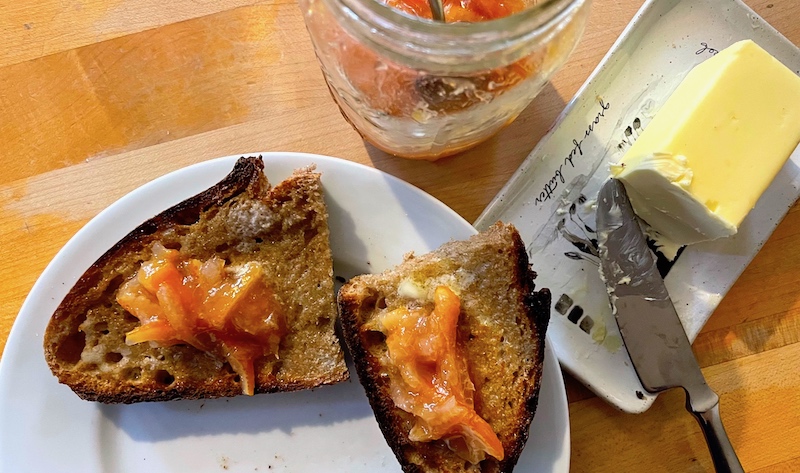
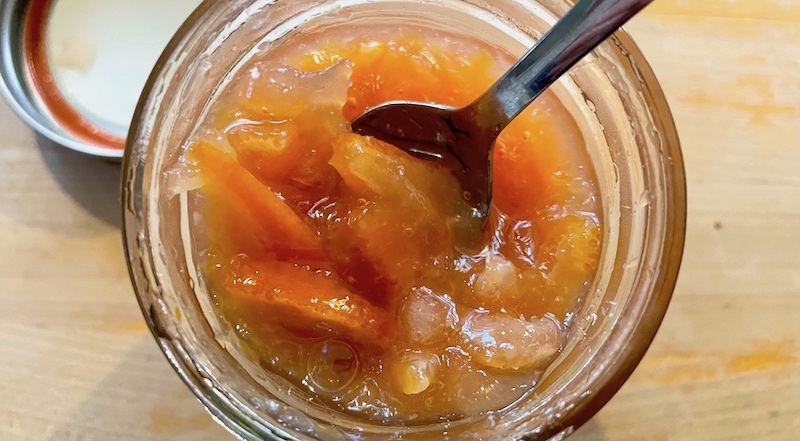 For me, the dark days in the depths of winter are brightened by their brilliant colors and sparkling flavor. I make a point of throwing together a batch of preserved Meyer lemons that will punch up everything from roasted vegetables to stews, salads and grain dishes. The last couple of years Dave has concocted a masterful citrus marmalade, combining a couple of recipes from the New York Times along with his own brushstrokes of genius.
For me, the dark days in the depths of winter are brightened by their brilliant colors and sparkling flavor. I make a point of throwing together a batch of preserved Meyer lemons that will punch up everything from roasted vegetables to stews, salads and grain dishes. The last couple of years Dave has concocted a masterful citrus marmalade, combining a couple of recipes from the New York Times along with his own brushstrokes of genius.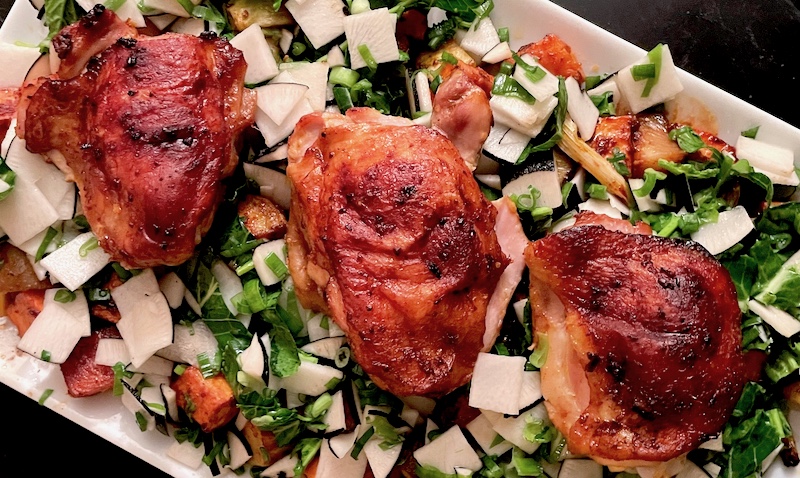
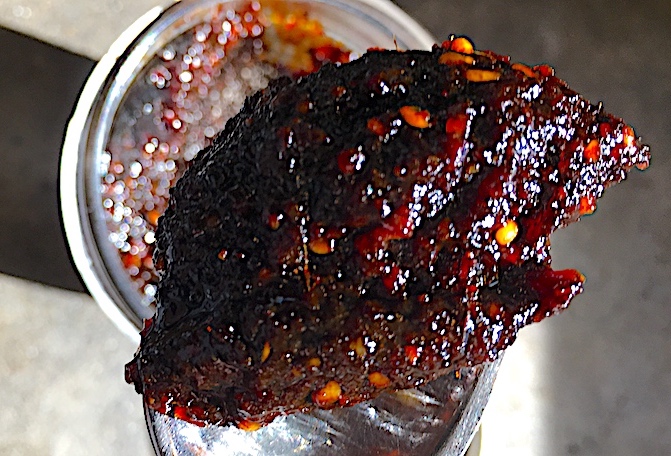
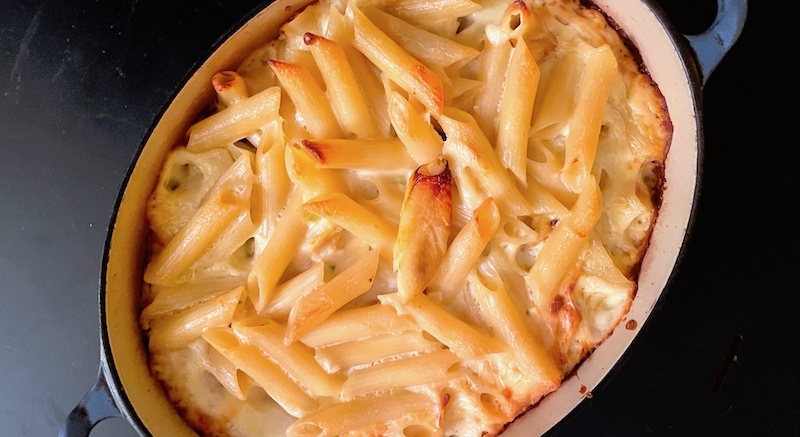
 But I propose a different way to categorize a cookbook, and that's by how you feel. Happy? Make some small plates of your favorite foods, including simple salads and desserts. Depressed? You could indulge in a big ol' chocolate cake by yourself, or treat your mood with lots of fish and kale for their Omega 3s and anti-oxidants.
But I propose a different way to categorize a cookbook, and that's by how you feel. Happy? Make some small plates of your favorite foods, including simple salads and desserts. Depressed? You could indulge in a big ol' chocolate cake by yourself, or treat your mood with lots of fish and kale for their Omega 3s and anti-oxidants.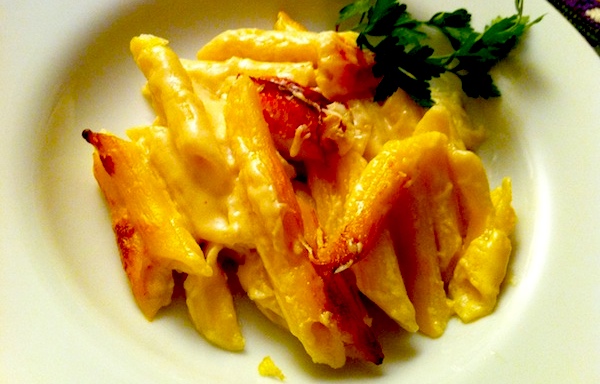 Which is why, when I saw that cooked whole crabs had hit a ridiculously low price per pound, and knowing that early season crab is the sweetest, I bought two and fantasized about using it in macaroni and cheese. While I was only planning on using the meat from one of them for the casserole, the price and my lack of inhibitions made me throw the meat from both into the noodles and sauce just before I slid it into the oven, and it was so worth it.
Which is why, when I saw that cooked whole crabs had hit a ridiculously low price per pound, and knowing that early season crab is the sweetest, I bought two and fantasized about using it in macaroni and cheese. While I was only planning on using the meat from one of them for the casserole, the price and my lack of inhibitions made me throw the meat from both into the noodles and sauce just before I slid it into the oven, and it was so worth it.